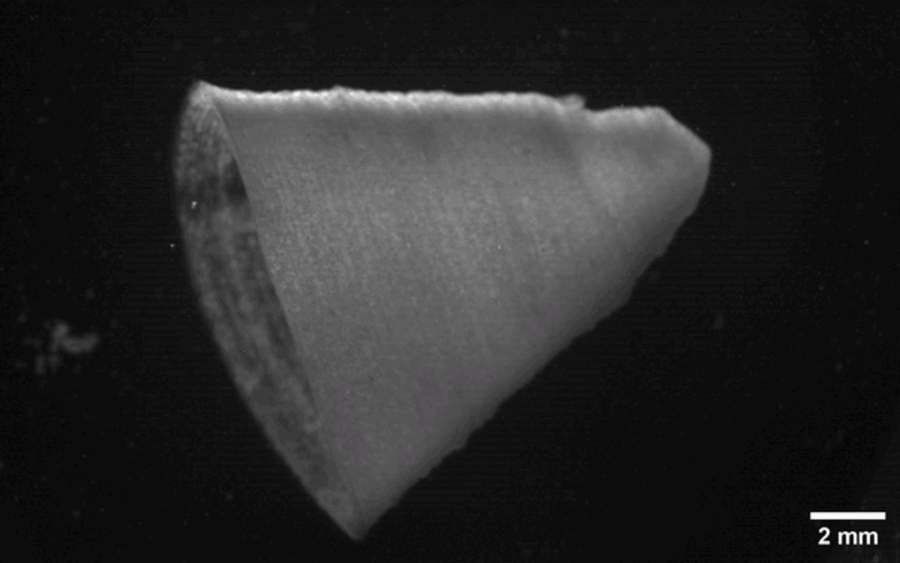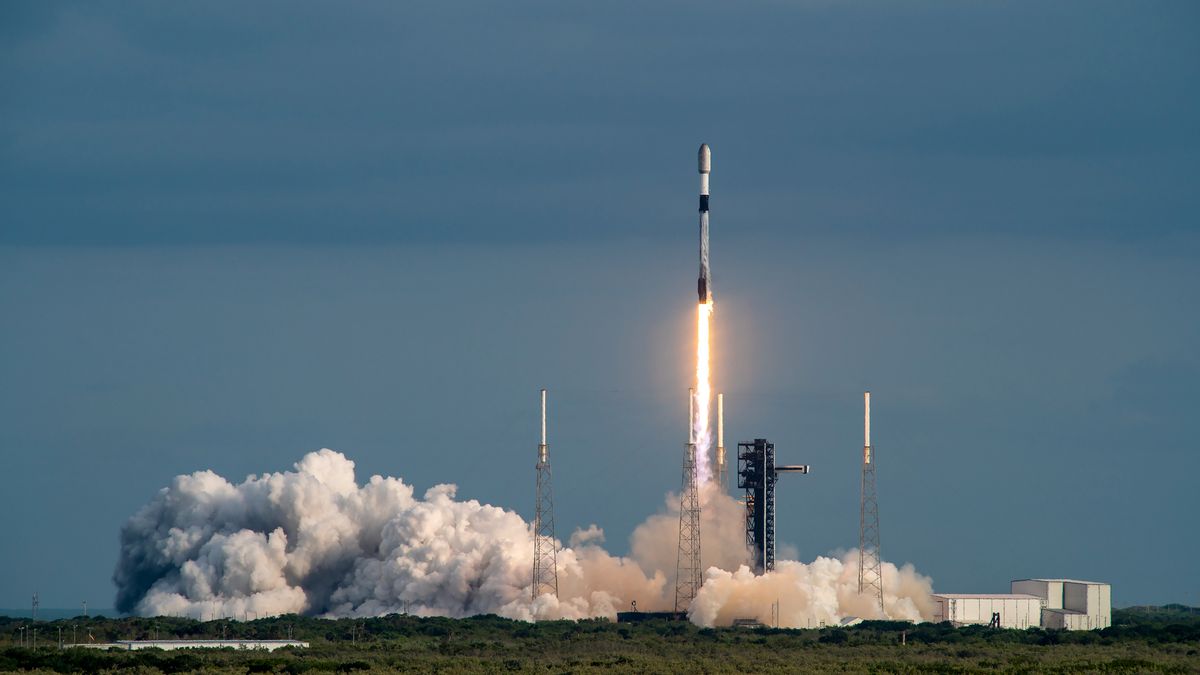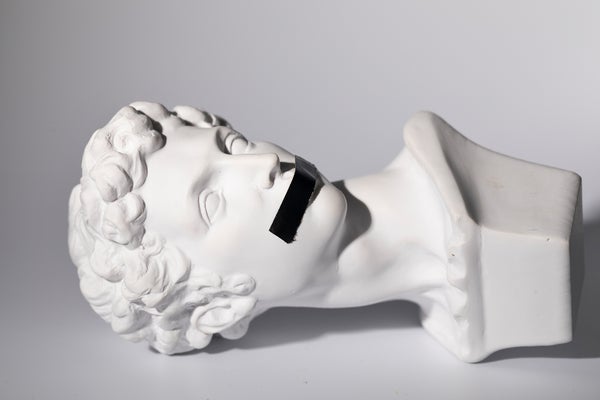The heart is a complex organ with a simple purpose – pump blood in and pump it out again.
It does this through an interconnected network of rectangular heart cells called cardiomyocytes that pump blood into the top of the heart (through the atria) and out through the ventricles at the bottom. Pacemaker cells on the heart keep it ticking away at 60 to 100 beats per minute, depending on the person’s basal heart rate.
Because of the heart’s complexity, attempts to 3D print a model version to use for drug testing, or to even implant inside a living person, have come up short – until now.
Part of a Heart
Researchers from the Harvard John A. Paulson School of Engineering and Applied Sciences (SEAS) have announced a 3D printed model of a ventricle that beats with its own inherent rhythm when stimulated with electricity. The trick lies in a new kind of Fiber-Infused Gel (FIG) ink engineered so the fibers inside connect to each other as cardiomyocytes do.
“FIG ink is capable of flowing through the printing nozzle but, once the structure is printed, it maintains its 3D shape,” said Suji Choi, a research associate at SEAS, in an interview with Harvard News. “Because of those properties, I found it’s possible to print a ventricle-like structure and other complex 3D shapes without using extra support materials or scaffolds.”
The new 3D ink started with an idea from a postdoctoral researcher, Luke MacQueen, but it was developed inside the lab of Kevin Parker – head of the disease biophysics group at SEAS. The machine allows for the weaving of a particularly delicate microfiber material.
How Well Does the 3D-Printed Ventricle Pump?
Choi used the machine to make a thin, cotton-like sheet she broke into tiny segments, using sound waves, and added to the hydro gel ink. Over time, she found the right ratio between ink and fiber segments, which were only about 100 micrometers long. With the right ink, she printed a ventricle with fibers and cardiomyocytes that aligned as they would in a real heart.
When she applied an electrical “pacemaker” current, the ventricle contracted in a coordinated wave.
“It was very exciting to see the chamber actually pumping in a similar way to how real heart ventricles pump,” Choi said.
She refined the structure until it could pump 5-to-20 times more fluid volume than previous attempts at 3D-printed hearts, and the team wants to make it thicker and more heart-like.
The real heart beats 100,000 times a day, each time exerting roughly the force needed to squeeze a tennis ball. On a per-weight basis, the heart has the greatest energy requirements of any human organ, and it relies on a range of energy sources.
“Compared to the real heart, our ventricle model is simplified and miniaturized,” Choi said.
Read More: What Does the Heart Do?














